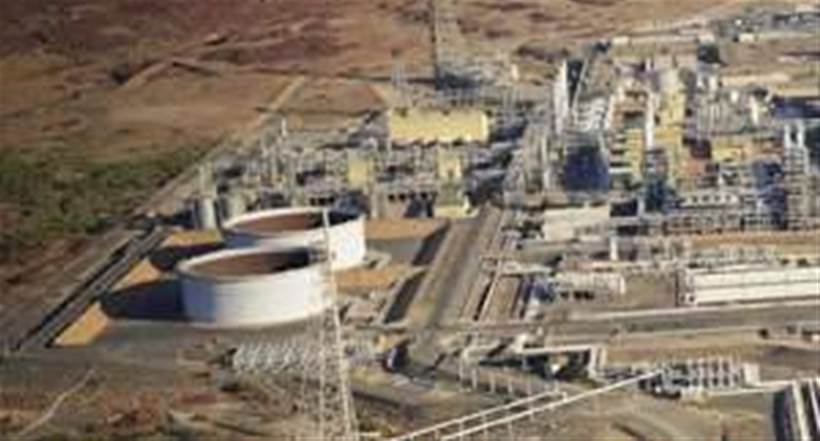Woodside Energy is looking to expand the use of IoT and big data project from its pilot site at the Pluto liquefied natural gas (LNG) plant to all onshore and offshore facilities.
Senior vice president of strategy, science and technology Shaun Gregory told the AWS Summit in Sydney that the company wanted to make better use of sensor data that its equipment generates.
The company ran an initial trial on a piece of treatment plant at its Pluto LNG Park facility near Burrup in Western Australia.
The plant already had about 10,000 sensors measuring variables like temperature and pressure, but Woodside wanted to see if the data they individually generated could be aggregated and used to predict potential problems while liquefying the gas.
The problem it wanted to detect was “foaming” – which sometimes occurs as a by-product of gas purification.
“It’s bad news in a gas plant because we can’t see it happen – it’s enclosed in towers,” Gregory said.
“But it can shut the plant down for weeks or months [if it occurs].”
Woodside threw a mix of technology, data science and operational expertise at the problem, coming up with “a two hour, 72 hour and up to a one week forecast of when foaming might occur”.
The prototype took just six weeks to create.
“That had a dramatic impact on the culture of our organisation because we were used to technology evolving in many, many years,” Gregory said. “Now it is evolving in weeks.”
Following the successful prototype, Woodside expanded the concept to cover the entire Pluto LNG Park facility, accounting for around 200,000 sensors, as previously reported by IoT Hub.
Data from those sensors is ingested into AWS cloud infrastructure before being sent to “over 6000 analytics models”, which run over three million calculations a day.
“But this is only one plant,” Gregory said.
“We have six of them, so as we look forward [we’re] expanding not just into other onshore plants but all our offshore facilities and vessels.
“We’ve got a lot of infrastructure that has a lot of sensors on it that aren’t connected yet. We’re looking to connect those to analyse the next generation of problems, and AWS allows us to scale that.”
Gregory said the company hoped to “push the boundaries of IoT” and “make a difference”, not just to its own operations but potentially to the wider LNG sector.







